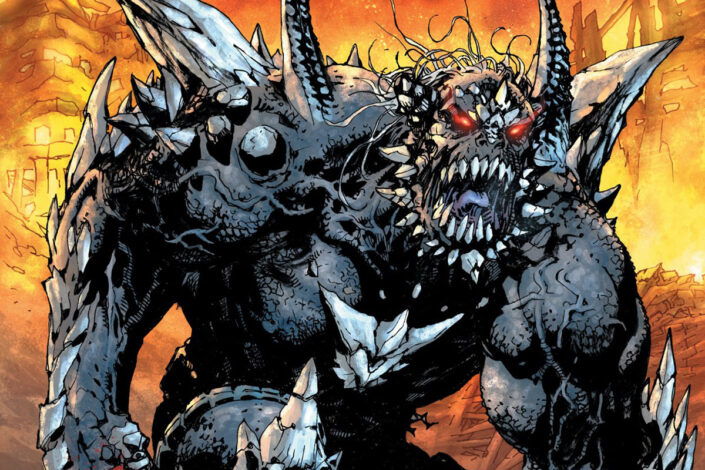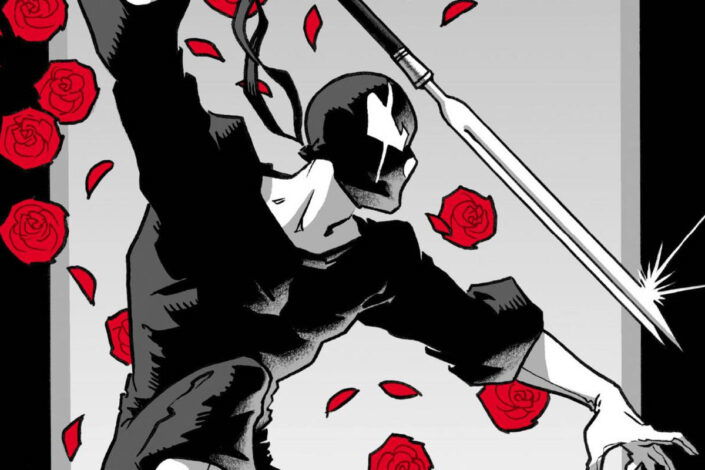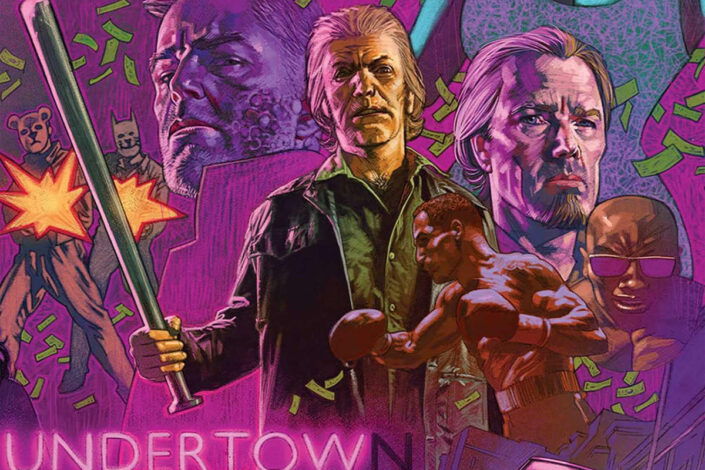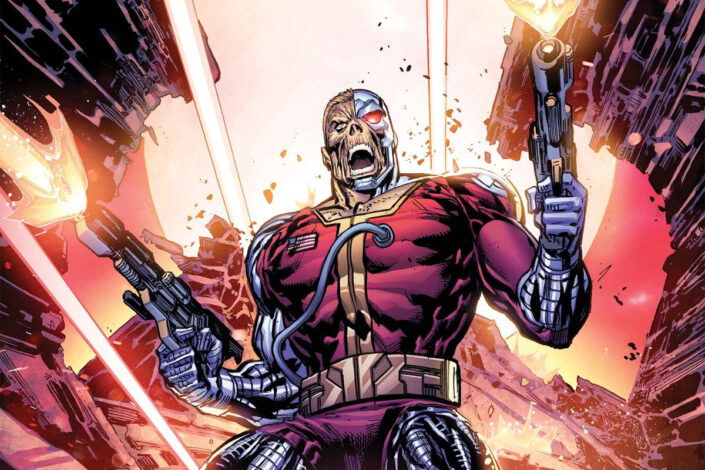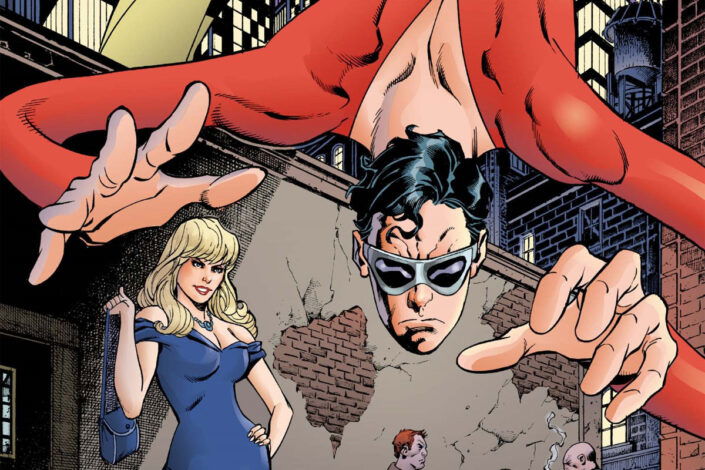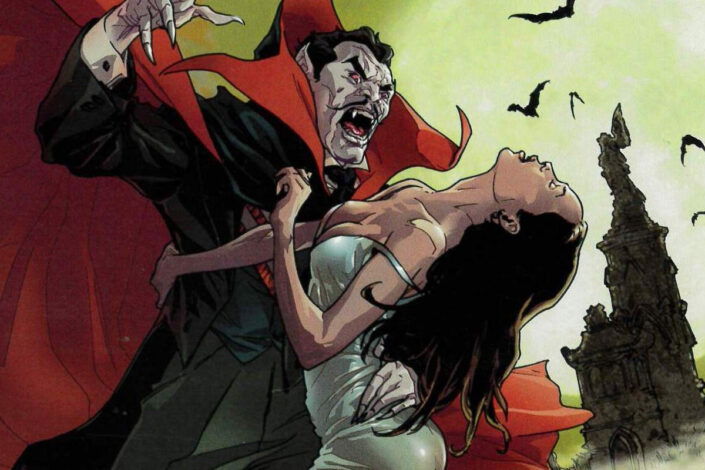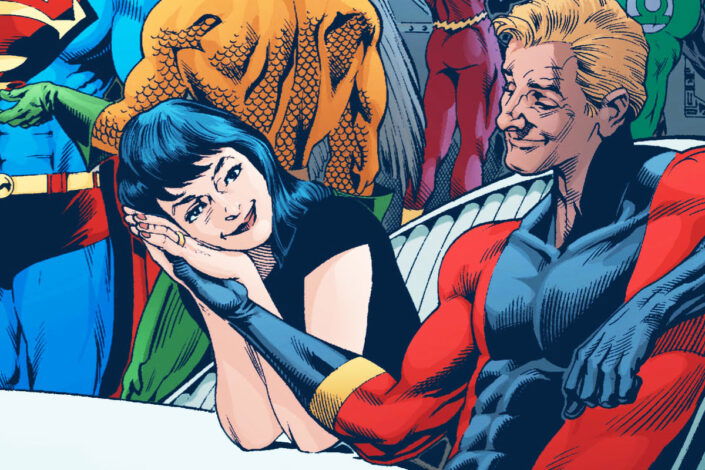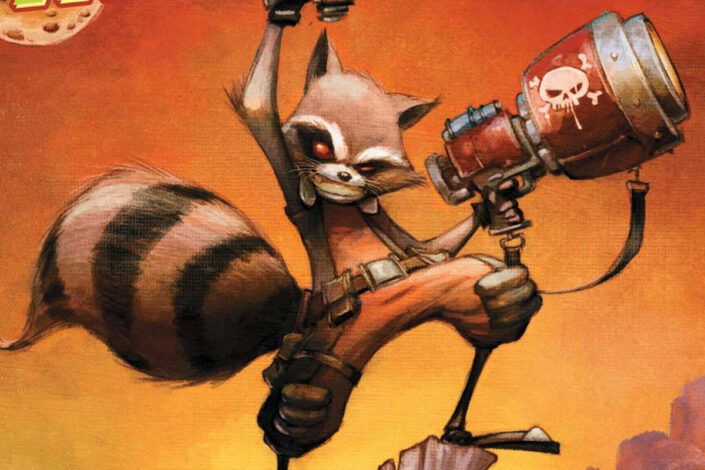Energon Universe Reading Order (Skybound’s Transformers, GI Joe, Voir Rivals…)
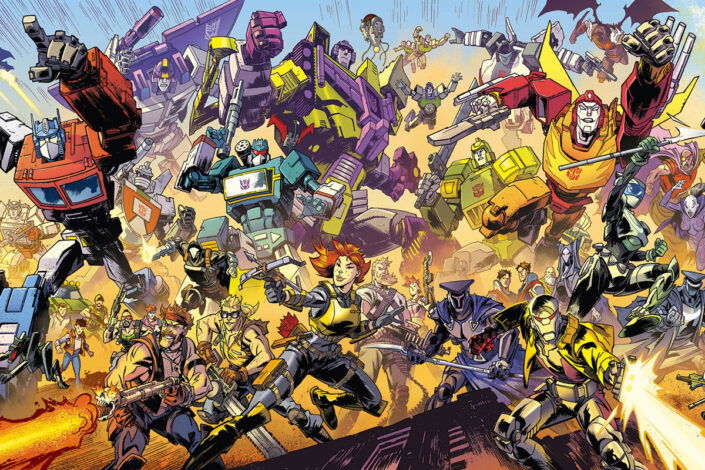
At the end of 2020, IDW lost the license to publish comic books from the Hasbro Universe. Therefore, series like Transformers and G.I. Joe went elsewhere. More precisely, they went to Image Comics via Robert Kirkman’s Skybound Entertainment imprint.
Naturally, the new creative teams didn’t continue with what was done at IDW. Instead, a new comic book universe was launched: The Energon Universe. It uses creative elements from Transformers and G.I. Joe, such as familiar concepts and characters, but also introduces original materials, notably with the all-new Void Rivals.
“I’ve loved these characters for most of my life and to have the opportunity to add to the already rich tapestry Hasbro has built with the all-new Void Rivals is an unbelievable opportunity. If you look at everything done with Transformers and G.I. Joe, you can see the inkling of a vast universe with tremendous potential for crossovers and interaction that will enhance the fan experience while staying true to the individual identities of both concepts. I look forward to exploring that potential for years to come.” – Robert Kirkman.
Juggling between ongoing and limited series, with some one-shots added to the mix, the Energon Universe was officially launched in June 2023. The creative teams are made of top talents with writers like Robert Kirkman, Daniel Warren Johnson, Joshua Williamson, Kelly Thompson, and Dan Watters (and more to come), and artists like DW Johnson, Lorenzo De Felici, Jorge Corona, Tom Reilly, Andrea Milana, Marco Ferrari, and more.
Read More »Energon Universe Reading Order (Skybound’s Transformers, GI Joe, Voir Rivals…)
